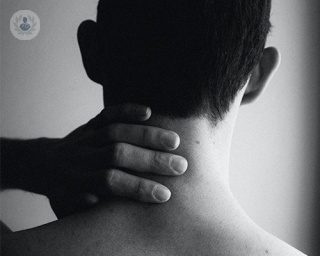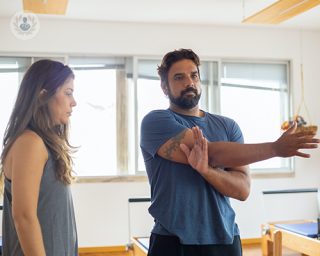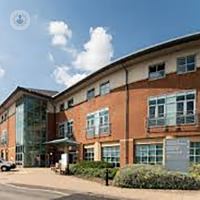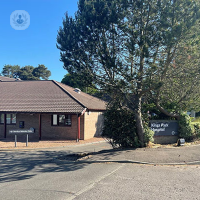Arm pain
Mrs Anne Mitchener - Neurosurgery
Created on: 09-29-2017
Updated on: 09-20-2023
Edited by: Karolyn Judge
What causes arm pain?
Arm pain has a number of causes, including:
- Muscle injury – also known as a strain, generally caused by overexertion
- Ligament injury – also known as a sprain
- Bone fracture – caused by impact or a fall
- Injuries from overuse – some sports or occupations involve using the same muscles and tendons over and over again, leading to the tendons becoming inflamed.
- Nerve compression – sometimes the nerves in your arm can become impressed, perhaps due to injury or the normal ageing process. This can lead to pain and tingling down your arm.
- Cardiovascular issues – shooting arm pain associated with tightness in the chest is often a sign of a heart attack. More generally pain that comes on after any physical exertion can occur as a result of coronary heart disease.

When should I see a doctor?
You should seek emergency medical treatment if:
- you have arm pain that has come on suddenly and is accompanied by a feeling of tightness or heaviness in your chest
- you think you might have fractured your arm
- you experience severe pain and swelling
How is arm pain diagnosed?
Diagnosis depends on the nature of your symptoms.
If you go to the hospital with severe arm pain and tightness in your chest, you will have a number of urgent tests to check if you are having a heart attack.
If you think you might have fractured your arm, your doctor is likely to refer you for an X-ray to see the bones inside your arm.
Otherwise, if you go to the doctor with pain that doesn’t seem to go away, you will need a thorough physical examination. This will look at where the pain is, when it occurs, and what movements are restricted due to the pain. You may then be referred for detailed scans, such as a CT scan or MRI scan, to look at the muscles, tendons and ligaments in your arm.
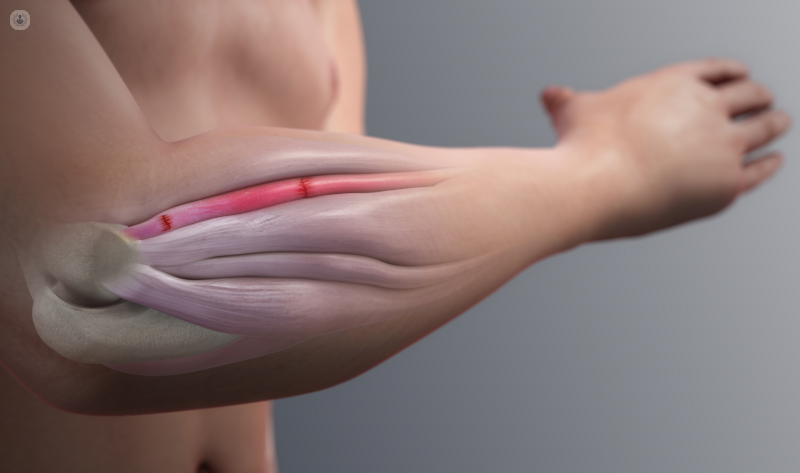
How is arm pain treated?
Most arm pain injuries can be treated at home, by making sure you:
- Take a break from using your arm
- Placing an ice pack on the area that is sore three times a day for 15-20 minutes
- Reducing swelling by using a compression bandage and keeping the arm elevated
You may need specific treatment depending on the cause:
- For tendon injuries or repetitive strain injuries it may be recommended that you follow a program of physiotherapy to restore the arm and prevent strain in the future. You’ll be given advice on how to properly warm up before using your arm for strenuous activity such as lifting, swinging (in golf or tennis for example) or holding it up to play an instrument.
- For nerve compression, you may benefit from surgery to decompress the nerve
If a tendon has been ruptured or you suffer a complex fracture, it may be necessary to have orthopaedic surgery to make sure the arm heals properly



